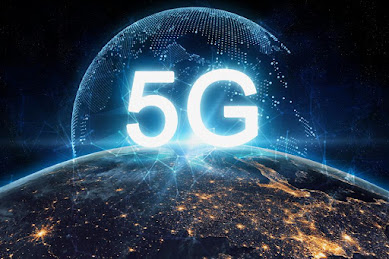What is 5G mmWave spectrum?
Telecom service providers are currently testing 5G in several pockets of the country. But the contention over allotment of this millimeter-wave spectrum remains unaddressed. Let us find out what it is
But the proposal has not gone down well with the telecom operators in India, including Reliance Jio. They believe that such a move would reduce the total spectrum available for telecom services. Let us first understand what the crucial mmWave is.
Millimetre wave band or mmWave refers to a specific part of the radio frequency spectrum between 24GHz and 100GHz. While the current available networks work optimally on lower frequencies, 5G makes it possible to allocate high bands above 24GHz for telecom infrastructure.
This spectrum has a short wavelength, apt to deliver superior speeds and low latencies.
The current proposal seeks to allocate only the spectrum between 24.5 to 28.5 GHZ in the mmWave band to 5G mobile operators.
Now, let us find out why mmWave band is so coveted. 5G services can be deployed using lower frequency bands. These bands cover greater distances and are proven to work efficiently even in environments with interference -- common in urban settings. But, data speeds on these bands could not hit the peak potential of 5G. For true 5G experience, mmWave band is essential.
Though the high-frequency bands cover smaller areas and are prone to interferences, such bands are capable of carrying much more data with low latency compared to lower frequency bands.
The Department of Telecommunication (DoT) earlier this year allowed telecom service providers to test 5G networks on various bands, including mmWave band.
However, the allocated spectrum for network trials were limited to around 4GHz in 24.25 GHz to 28.5 GHz frequency. Telecom service providers are demanding at least 1 GHz of mmWave spectrum per operator to begin with, and an additional 1 GHz as the network matures to build an efficient 5G network ecosystem.
With four players in the market and limited 4GHz spectrum available, even a small portion of spectrum allocated outside the telecom sector would create fragmentation and reduce the total spectrum available for telecom services.
The allocation of mmWave band will also be critical to the satellite communication sector. According to the Delhi-based Satellite Industry Association, SATCOM players have made substantial levels of investment and any regulatory uncertainty with regard to the full 27.5-29.5 GHz spectrum band would put the entire satellite communication sector at risk.



Comments
Post a Comment